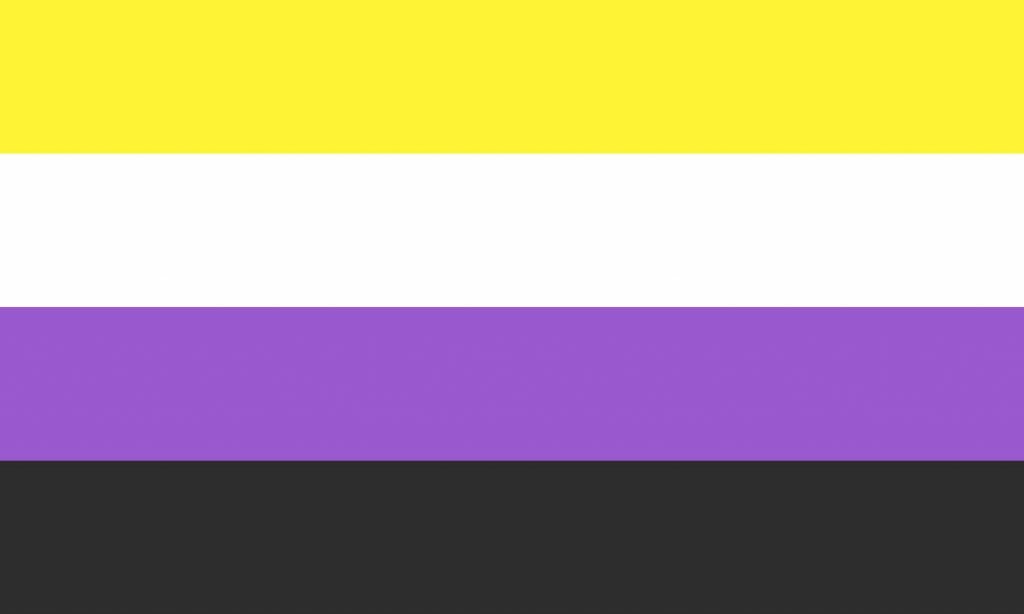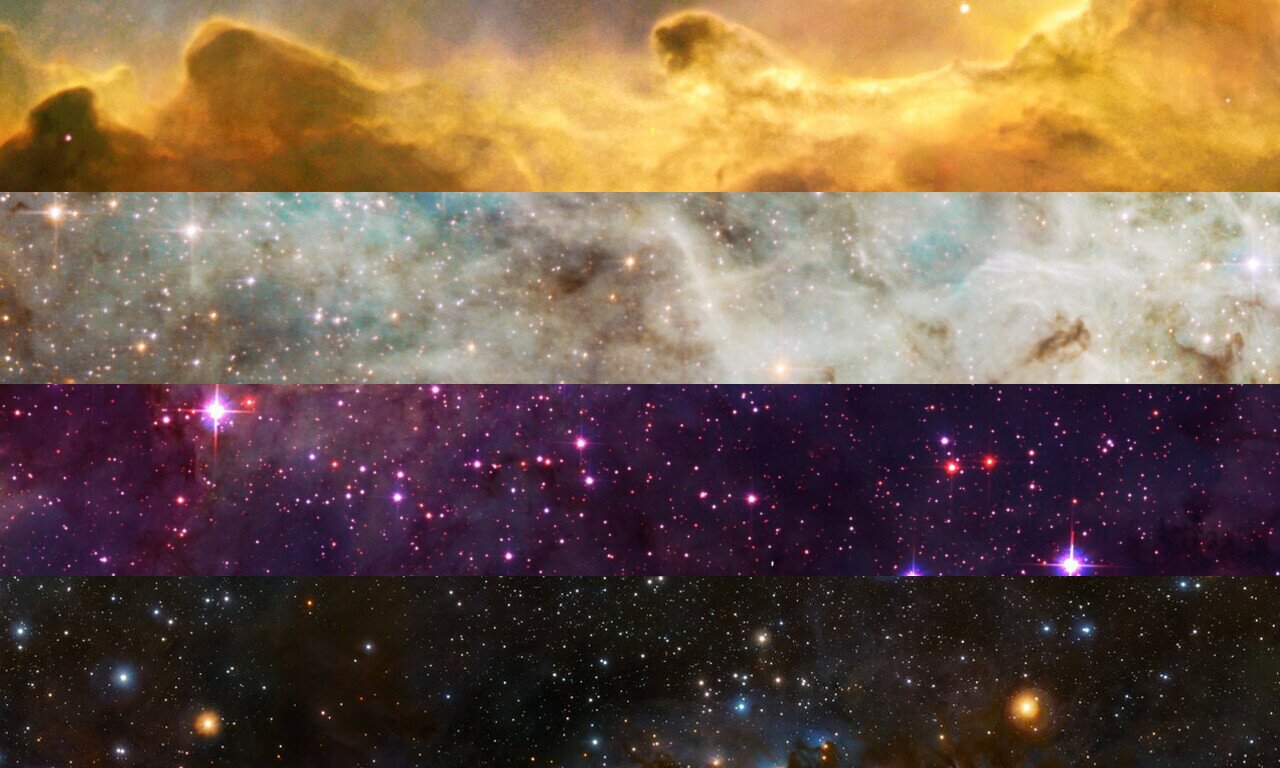Most people today are either men or women. But those two categories don’t include everyone. There are people who are somewhere in between, a combination of both, or something else entirely.
The word for this is nonbinary.

Male and female are known as the “binary genders.” A nonbinary person has a gender that doesn’t fit this binary gender system. That’s where the word “nonbinary” comes from.
Though many people are still being taught that there are only two genders, there are many more genders than just the two most common ones.
A quick definition of nonbinary

Nonbinary is a straightforward word with a straightforward meaning: it’s any person whose gender is outside of the limitations of one of the two binary genders. (This isn’t the same as gender nonconforming, which I will describe in a future post.)
Because we live in a society where people typically get a binary gender imposed on them when they are born, the word “nonbinary” is less of a gender label than it is a word that helps to remove the binary gender label that was wrongly assigned in the first place.
To be nonbinary literally means you are not binary, thanks, but no thanks.
This article by National Center for Transgender Equality also lays out the definition of nonbinary nicely.
Nonbinary includes many diverse identities
While you might assume a nonbinary person is somewhere between male and female, that’s not always the case. There are many different kinds of nonbinary people. For example:
There are agender people (like me) who don’t experience gender at all.
There are genderfluid people, whose gender shifts over time between multiple genders.
There are polygender people, who have multiple different gender identities that they either switch between or experience at the same time.
There are demigenders, which you could also describe as “partial” genders.
And many, many more. I have a list of gender identities if you want to check some of those out. This isn’t a comprehensive list—there’s an incredible diversity in how people experience gender all over the world.
Are nonbinary people transgender?
To understand the answer to this question, first it’s important to understand what transgender means.
Transgender means that your true gender is different from the one that was put on your birth certificate when you were born—whether or not you ever come out or transition.
This means that if you are a nonbinary person who lives in a culture that assigned a binary gender to you when you are born, the word “transgender” can apply to you.
There are reasons that a nonbinary person might not feel comfortable using the transgender label, though, so it’s important not to tell a nonbinary person that they are transgender, even if that seems to be true to you. This is complicated stuff, and you can learn a lot by listening to people describe the nuances in what words they use to describe themselves, and why. As with most rules, there are exceptions to them that exist for good reasons.
I’m an agender person, and I comfortably use the words nonbinary and transgender to describe myself as well. I also use the word genderqueer. Speaking of …
Are nonbinary and genderqueer the same thing?
Sort of.
The word “genderqueer” came into use before we had the word nonbinary. It was used to describe anyone whose gender identity was “queer,” essentially meaning their gender was “outside of what society accepts as normal.”
Nonbinary emerged later as we developed more understanding of the restrictiveness of the gender binary.
The two words can be more or less used interchangeably.
I think of the differences this way:
- Genderqueer is a word based on the idea that we are unusual compared to what society expects.
- Nonbinary is a word based on the idea that society is wrongly defining us.
A lot of people also use the word “genderqueer” as a way to loosely describe their gender without putting too detailed of a label on it.
Variations on the word “nonbinary”
People often will put a space in the word, like so: “non binary,” or they’ll use a hypen, like this: “non-binary.”
My personal preference is the straightforward compound word: nonbinary.
Some people abbreviate nonbinary to the letters NB, but this is to be avoided. The abbreviation NB is used in black activism to stand for “non-black,” so it’s not supportive of the work folks are doing to repurpose that acronym for something else.
Enby, however, is very commonly used (pronounced “en bee”). It’s a gender-neutral term that you can use as you’d use “girl” or “boy.” Not all nonbinary folks like it used in reference to them, because it can feel infantilizing. (Just like how, if you’re a man, it could feel demeaning to be called a boy.)
Other terms and abbreviations are emerging, though not yet commonly used. A few examples are “nbi,” which is mostly used in text, and “enban,” which is a take on enby meant to reference an adult, not a child.
There’s no standard nonbinary experience
There is a huge amount of diversity among nonbinary people. Some of us pursue components of medical transition, and some of us don’t. Some of us use they/them pronouns (or other types of neopronouns), and others of us use binary-gendered pronouns. Some of us experience profound gender dysphoria (whether it’s social dysphoria, body dysphoria, or both), and others of us don’t.
Not all nonbinary people look androgynous. Not all nonbinary people dress in “gender neutral” clothing.
If you meet one nonbinary person, don’t assume that means you understand the nonbinary experience. There are as many different nonbinary experiences as there are nonbinary individuals.
Got more questions about nonbinary gender identities?
If there are other aspects of nonbinary gender identities that you’d like to know more about, drop me a comment. I’ll do my best to answer your question(s).
Other guides to check out:
